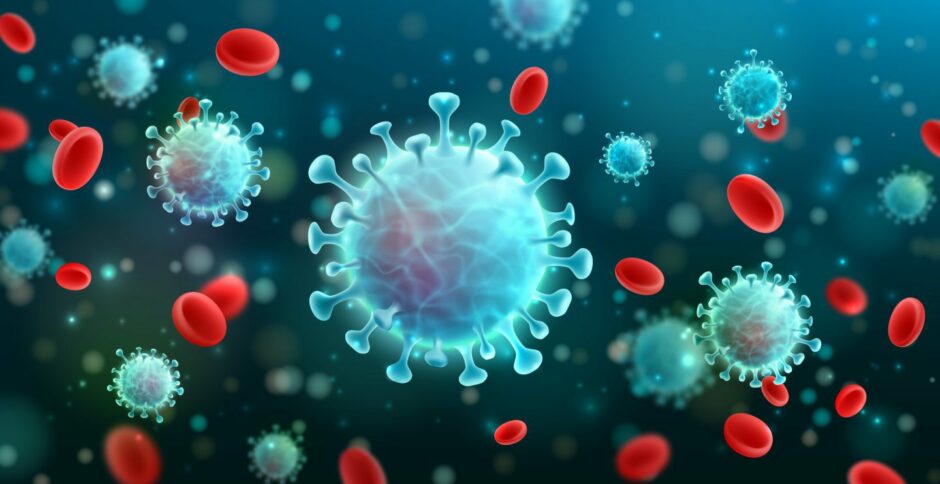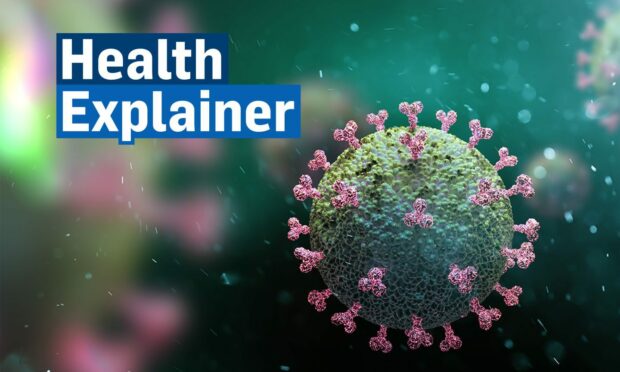Scotland is facing another Covid wave thanks to new variants of the Omicron strain.
With a rise in cases expected in the coming weeks, Scots are being urged to take precautions to make themselves and others safe.
But what are the new variants? How severe are their symptoms? And how worried should we be?
We’re answering all your questions about the new BA.4 and BA.5 Omicron Covid variants.
What are the BA.4 and BA.5 Covid variants?
The BA.4 and BA.5 variants are mutations of the original Omicron strain. They are known as sub-variants.
The UK Health Security Agency has labelled them as “variants of concern”.
BREAKING: Around 1.4m people in the UK had coronavirus last week according to the latest ONS survey. That’s up 43% from around 930,000 the week before. ONS says it’s likely caused by the more contagious BA.4 and BA.5 subvariants.
— Fergus Walsh (@BBCFergusWalsh) June 17, 2022
This is due to the fact that both variants were likely to have a “growth advantage” over BA.2, which is currently the dominant Covid strain in the UK.
This means they’re likely to spread faster than other existing variants.
BA.4 and BA.5 are expected to become the dominant strains in the UK, due to this increased transmissibility.
How concerned should we be about the variants?
As our expert, Jillian Evans, explained in an exclusive interview last week, BA.4 and BA.5 have a degree of “immunity escape”.
This means the immune system can no longer recognise or fight the virus.
It is thought this is due to waning immunity in the body and the many mutations the virus has undergone.

This means the mutated variants are better at evading immunity built up by vaccines and previous infections.
The mutations are believed to make the virus more contagious by enhancing its ability to attach to human cells.
BA.4 and BA.5 are also thought to be able to infect people even if they’ve recently been infected with other strains of Omicron.

Currently, people are unlikely to be reinfected with Covid within three months following initial infection.
But these mutations could lead to a higher reinfection rate within the community than we’ve seen previously throughout the pandemic.
While the new strains are concerning, they are to be expected, and likely more strains of the virus will emerge as we continue through the pandemic.
What are the BA.4 and BA.5 symptoms?
Although the variants seem to spread more easily than previous strains, the symptoms are not thought to be more severe.
They include the original three Covid symptoms (a high temperature or shivering, a new continuous cough and a loss or change to your sense of smell or taste).
Other symptoms range from shortness of breath, exhaustion, body aches, headache, a sore throat, a blocked or runny nose, loss of appetite, diarrhoea, and feeling sick or being sick.











Conversation